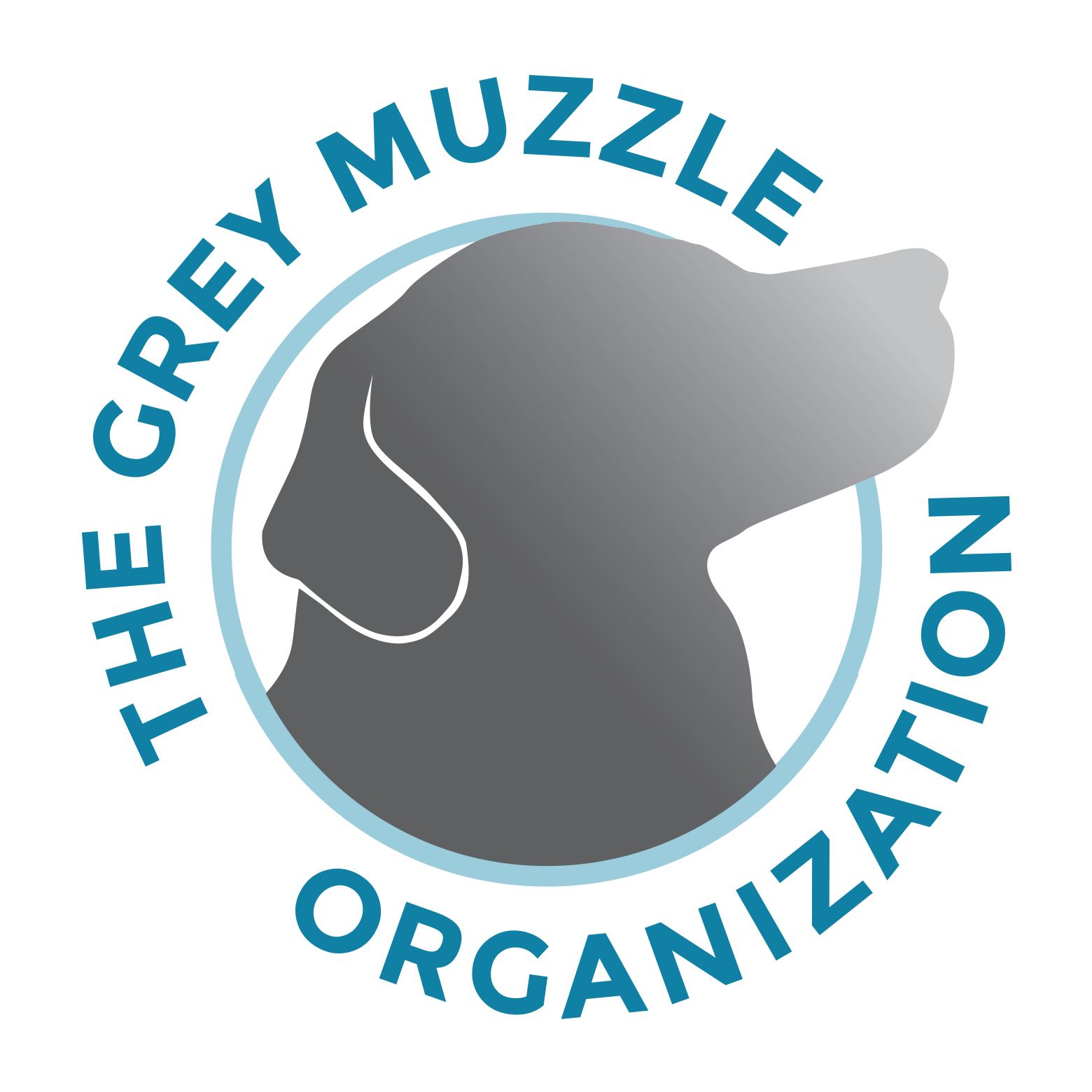Five Alternative Ways to Ease Pain in Dogs by Jennifer Kachnic
Because dogs won’t always let us know when or if they’re in pain, some people assume that canines don’t experience pain the way we do. But that’s not the case. Dogs have merely retained instincts from their wilder days to hide weakness, and therefore will initially hide their pain from us. Arthritis and muscle or joint injuries are in fact just as uncomfortable for dogs as they are for us and many illnesses also generate significant pain in dogs. While conventional medications can ease the discomfort, they are not the only options.
The following alternative therapies can be very helpful for managing pain for dogs. Before starting any new treatments with your dog, just remember to consult with an integrative veterinarian. Some of these treatments may be contraindicated in some situations – for example, massage should never be done on or near a tumor. Alternative therapies also work best as part of a whole body wellness program designed for your dog’s individual needs, with the assistance of a veterinarian.
Canine massage: Dogs love and crave touch. Physical contact with another has a calming effect on them and brings them comfort. The skin is the largest sense organ in the body and is chock full of sensory receptors and nerve endings that register touch, temperature and pain, and send information to the brain. Massage therapy not only relaxes muscles but also stimulates endorphins, increases circulation, elevates oxygen levels, flushes toxins, helps with inflammation, strengthens the immune system, and accelerates healing — and all of these can contribute to effective pain management.
Acupuncture and Acupressure: These two modalities of treatment are based on the concept of energy flow within the body, and both seek to stimulate certain points along the energy meridians that run beneath the skin. Acupuncture involves the insertion of small needles at these points, while acupressure involves using the fingers to apply pressure to the same points. Both of these modalities can really help dogs with pain management and anxiety.
Energy healing: The term “energy healing” refers to therapies in which the practitioner improves the flow of energy in an animal’s body. These are gentle and powerful therapies during which the healer sends subtle energy through his/her hands to promote physical as well as emotional balance and healing. Energy healing works in a nonphysical way through the interconnectedness of body, mind and spirit. It is the most natural form of healing available. While conventional medicine operates on the belief that treatments for disease or injury should be strictly biological, energy medicine involves restoring the patient’s health by treating the mind, body and spirit. Energy healing modalities available for dogs include Reiki, Qi- Gong, Healing Touch and Tellington Touch.
Cold laser therapy: This type of therapy was developed well over 20 years ago and is now used widely around the world. It is one of the emerging new choices in alternative treatments for aches and pains in animals. Low-level cold laser is painless, non-invasive, and only takes minutes to perform. It works by directing highly concentrated coherent light waves to the muscles, tissues and organs. Cold laser therapy reduces inflammation and muscle spasms and is great for disk and spine issues. The effects are similar to those provided by non-steroidal medications, but unlike the latter, cold laser therapy doesn’t have negative side effects.
Hydrotherapy: The benefits of swimming are well known. When dogs (or people) swim, the water resists their movement which means a five minute swim is equivalent to about a five mile run! And some dogs like swimming even better than running. Hydrotherapy, which includes exercise on an underwater treadmill as well as swimming, is particularly helpful. It can have an especially dramatic effect on senior dogs, giving them a painless and enjoyable way to move and exercise. The buoyancy of the water supports the dog, lessens stress on the joints, helps with freer movement, and is a safe form of exercise for those with injuries, disease or pain.
These are just a few ways you can help manage your dog’s pain. Which therapies you use will depend on your dog’s condition and what your veterinarian recommends. Chosen and practiced properly, these therapeutic treatment modalities can make a huge difference in your companion’s physical and emotional wellbeing and can minimize or even eliminate the need for medications.
Previous versions of this article were published in Animal Wellness Magazine and Natural Awakenings.
The information presented by The Grey Muzzle Organization is for informational purposes only. Readers are urged to consult with a licensed veterinarian for issues relating to their pet's health or well-being or prior to implementing any treatment.
The Grey Muzzle Organization improves the lives of at-risk senior dogs by providing funding and resources to animal shelters, rescue organizations, sanctuaries, and other nonprofit groups nationwide.




